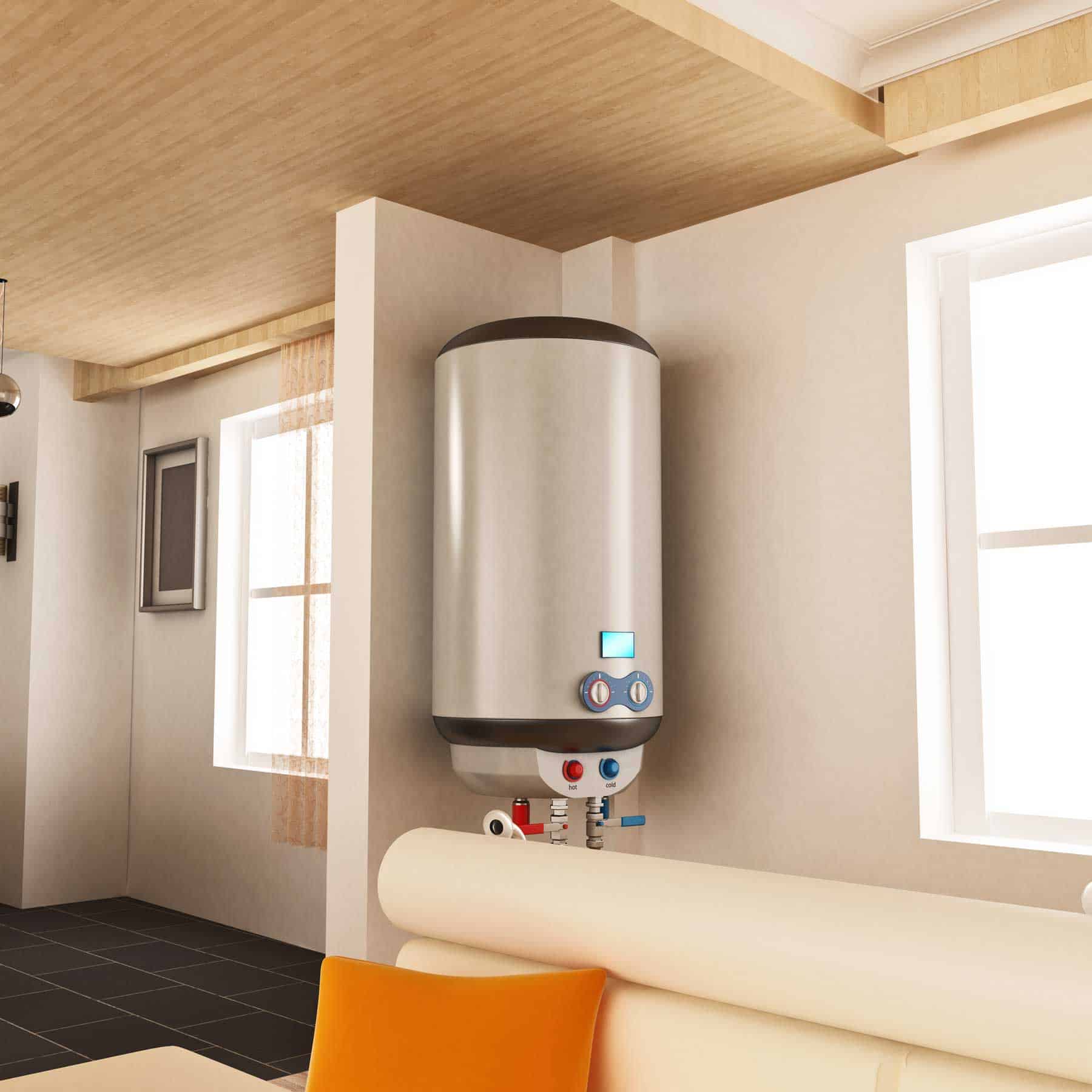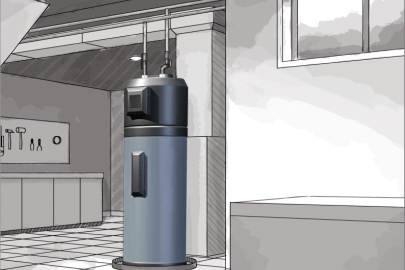The author is making several good points about Water Heater Maintenance Tips You Can't Afford to Forget in general in the content down the page.

Warm water is necessary for daily convenience, whether it's for a rejuvenating shower or washing recipes. To ensure your warm water system runs effectively and lasts longer, routine maintenance is crucial. This post gives useful tips and understandings on exactly how to maintain your home's warm water system to prevent disturbances and costly repair work.
Intro
Keeping your home's hot water system might appear overwhelming, but with a couple of straightforward steps, you can ensure it runs smoothly for years to find. This overview covers whatever from understanding your warm water system to DIY upkeep ideas and knowing when to call in expert help.
Relevance of Preserving Your Hot Water System
Regular maintenance not just expands the lifespan of your warm water system yet additionally guarantees it runs effectively. Overlooking upkeep can lead to lowered performance, higher energy costs, and even early failing of the system.
Signs Your Warm Water System Demands Maintenance
Recognizing when your hot water system requires attention can avoid significant problems. Watch out for indicators such as irregular water temperature, odd sounds from the heater, or rustic water.
Recognizing Your Hot Water System
Prior to diving into upkeep jobs, it's handy to comprehend the standard components of your hot water system. Typically, this consists of the water heater itself, pipes, anode rods, and temperature level controls.
Month-to-month Maintenance Tasks
Regular regular monthly checks can assist capture small issues before they intensify.
Purging the Hot Water Heater
Flushing your water heater removes debris buildup, enhancing effectiveness and lengthening its life.
Monitoring and Changing Anode Rods
Anode poles protect against rust inside the tank. Inspecting and replacing them when worn out is important.
Checking and Adjusting Temperature Setups
Changing the temperature level setups makes certain ideal performance and safety and security.
DIY Tips for Maintenance
You can perform several maintenance jobs on your own to keep your warm water system in top problem.
Looking for Leakages
Routinely examine pipes and connections for leakages, as these can bring about water damages and greater bills.
Testing Pressure Alleviation Valves
Examining the stress safety valve guarantees it operates properly and avoids extreme stress accumulation.
Protecting Pipelines
Shielding warm water pipes minimizes warm loss and can save energy.
When to Call a Professional
While do it yourself upkeep is valuable, some concerns need specialist expertise.
Facility Problems Requiring Expert Help
Instances consist of significant leaks, electrical problems, or if your hot water heater is constantly underperforming.
Regular Expert Maintenance Conveniences
Expert upkeep can consist of detailed inspections, tune-ups, and making certain compliance with safety criteria.
Final thought
Normal maintenance of your home's hot water system is essential for performance, durability, and price savings. By adhering to these ideas and understanding when to seek professional help, you can make sure a trustworthy supply of hot water without unanticipated disturbances.
How to Maintain an Instant Hot Water Heater
Before tinkering with your hot water heater, make sure that it’s not powered on. You also have to turn off the main circuit breaker and shut off the main gas line to prevent accidents. Also turn off the water valves connected to your unit to prevent water from flowing into and out of the appliance. 2. When you’re done, you have to detach the purge valves’ caps. These look like the letter “T†and are situated on either side of the water valves. Doing so will release any pressure that has accumulated inside the valves while at the same time avoid hot water from shooting out and burning your skin. 3. When the purge valves’ caps are removed, you have to connect your hosing lines to the valves. Your unit should have come with three hoses but if it didn’t, you can purchase these things from any hardware or home repair shops. You can also get them from retail stores that sell water heating systems. Read the user’s manual and follow it to complete this task properly. When the hosing lines are connected, open the purge port’s valves. 4. You should never use harsh chemical cleaners or solutions when cleaning your unit. Make use of white vinegar instead. It should be undiluted and you’ll probably use about 2 gallons. 5. Now flush your water heater. This task should probably take about 40 minutes. We can’t give you specific directions for this because the procedure is carried out depending on the type, model and brand of your heater. With that being said, refer to the user’s manual. 6. When you’re done draining the unit, you have to turn off the purge port valves again. Remove the hosing lines that you earlier installed on each of the water valves. Put the valve caps (purge port) back in their respective places and be very careful so as not to damage the rubber discs that are found inside these caps. 7. Now that everything’s back in place, check your user’s manual again to find out how to reactivate your water heating system. 8. Once it is working, turn one of your hot water faucets on just to let air pass through the heater’s water supply pipes. Leave the tap on until water flows smoothly out of it. https://www.orrplumbing.com/blog/2014/september/how-to-maintain-an-instant-hot-water-heater/

We hope you liked our section on Water Heater Maintenance Tips You Can't Afford to Forget. Thank you so much for taking a few minutes to read through our blog post. Appreciated our article? Please quickly share it. Let somebody else find it. Thank you so much for taking the time to read it.
This Post